Home > Company > Tire Safety > Choosing Tires > Replacement Guidance
The best way to know if it’s time to buy new tires for your vehicle is to have them inspected by a professional, but there are ways to check them yourself. To meet legal safety standards in the U.S., a tire’s tread needs to be at least 2/32” deep. If the tires do not meet the 2/32” standard or are approaching not meeting it, you should replace your tires. When replacing tires, it’s important to select the right tire size for your vehicle. Not sure what size you need? Learn more about determining tire size.
Tires should also be free of sidewall damage and irregular wear for optimal performance and safety. It’s also a good idea to learn what types of damage can be repaired vs. replaced so that you can safely extend the life of your tires.
You can evaluate your tires on your own through a visual inspection. Start with the tread — the part of the tire that contacts the road surface. Make sure the tire tread is deep enough and worn evenly all the way around without any irregularities. All DOT-regulated tires feature built-in treadwear indicators, commonly called “wear bars”, that will help you see when the tread is getting low. These indicators can be found in various places throughout the tread and will be even with the tread surface when the tread is worn to two-thirty seconds (2/32) of an inch. You should also examine each tire’s sidewall to ensure there is no visible damage.
You can also use the Penny Test to check your tire tread. This test can be performed in your own driveway in just a few minutes.
The idea of the penny test is to check whether you’ve hit the 2/32” threshold. Here’s how it works:

Check all four tires, especially in areas that look the most worn. If any parts of your tire fail the penny test, it may be time to replace the tire.
Consistent wear around the whole tire is normal. Uneven tread wear could be a sign of improper inflation, wheel misalignment, or a variety of other things. If you see uneven tread wear, you should have a technician inspect your vehicle.
If your tires pass these tests, you may not need to buy new tires just yet. It’s a good idea to reassess the tread every few thousand miles, or once a month, and even more often if you’re putting a lot of wear on your vehicle or driving long distances.
No matter how new your tire is, Bridgestone recommends checking inflation pressure every month and scheduling regular inspections with a pro.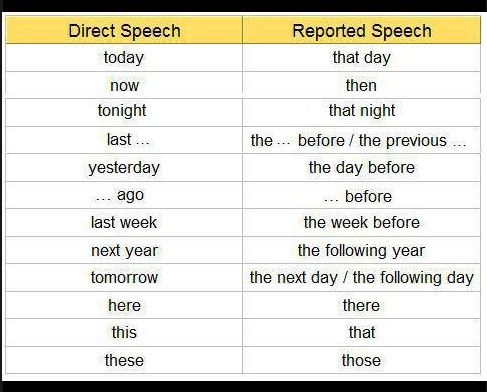 After five years, an inspection is essential to determine if a tire is still road-worthy.
After five years, an inspection is essential to determine if a tire is still road-worthy.
We recommend tires that were manufactured 10 years prior (or longer) be taken out of service and replaced with new tires. Same goes for the spare. If it’s 10 years old, it needs to be replaced, even if it appears new.
It’s important to note that the age of a tire is not the only indicator of whether it needs to be replaced. Many tires will need to be replaced before 10 years of age due to routine tread wear and other conditions such as punctures, impact damage, improper inflation, overloading and more. If a tire is worn out or otherwise unserviceable from damage or conditions of use, it should be replaced regardless of when it was produced or purchased.
Another common tire-buying question is if it’s necessary to replace all four tires at once. The simple answer is yes. It is recommended to replace all four at once because your tires are key to the performance and handling of your vehicle, it’s important for them to be as identical as possible. If your tires don’t match, one end of your vehicle may not be able to respond as quickly as the other, making it difficult to control. Your tires are what keep your vehicle connected to the road, so having an even surface is vital.
The simple answer is yes. It is recommended to replace all four at once because your tires are key to the performance and handling of your vehicle, it’s important for them to be as identical as possible. If your tires don’t match, one end of your vehicle may not be able to respond as quickly as the other, making it difficult to control. Your tires are what keep your vehicle connected to the road, so having an even surface is vital.
If you are in a situation where you will be replacing fewer than four tires, select tires that are similar to what is currently installed on your vehicle. If you are replacing just two tires, those two tires should only be installed on the rear axle. You should only consider tires that are within the same category as your existing ones.
If you have a vehicle that came equipped with a staggered fitment (different size tires on the front and back) then you should check your vehicle owner’s manual for replacement recommendations.
There are a lot of risks associated with buying used tires.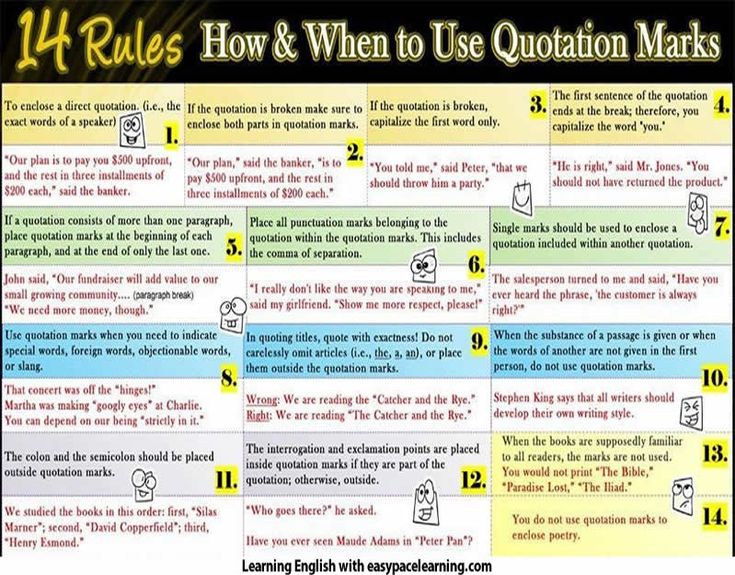 Since you don’t know the history of the tires, it can be difficult to know if they’ve been previously run under inflated, overloaded or have other unseen internal damage which could lead to an unexpected failure. Used tires might also have uneven wear, which can cause noise, vibration or other problems and may need to be replaced much sooner than new tires. It is best to replace tires with new tires of the same category, size, load capacity and speed rating as recommended by your vehicle’s manufacturer.
Since you don’t know the history of the tires, it can be difficult to know if they’ve been previously run under inflated, overloaded or have other unseen internal damage which could lead to an unexpected failure. Used tires might also have uneven wear, which can cause noise, vibration or other problems and may need to be replaced much sooner than new tires. It is best to replace tires with new tires of the same category, size, load capacity and speed rating as recommended by your vehicle’s manufacturer.
When it comes to recalled tires, there is only one position to take. We do not want anyone driving on recalled tires. We are committed to replacing, free of charge, any Bridgestone or Firestone tire (or other brands warranted by Bridgestone) subject to a customer satisfaction, quality and/or safety recall, at any time. The easiest way for consumers to get answers to questions about recalled tires is to call 1-844-293-7514 or locate an authorized Bridgestone or Firestone dealer to examine the tires in question. You can also check current tire recalls online at the National Highway Traffic Safety Administration site.
You can also check current tire recalls online at the National Highway Traffic Safety Administration site.
There’s no reason to guess. Talk to a tire dealer or other authorized professional so you can make certain you’re choosing the best tire option for your vehicle. Find out if tire rotation and balancing are included with your new tires. If they are not, see if you can bundle the maintenance service. Ask the dealer to outline the manufacturer’s warranty and replacement options to make certain your new investment is protected in the long run, and inquire about any specials they may be offering. With these tire-buying tips and some trusted ratings in hand, you should be able to confidently pick out new tires.
Bridgestone consistently strives to connect with drivers through our stores, dealers and media campaigns to raise awareness and educate consumers on safe driving and tire safety.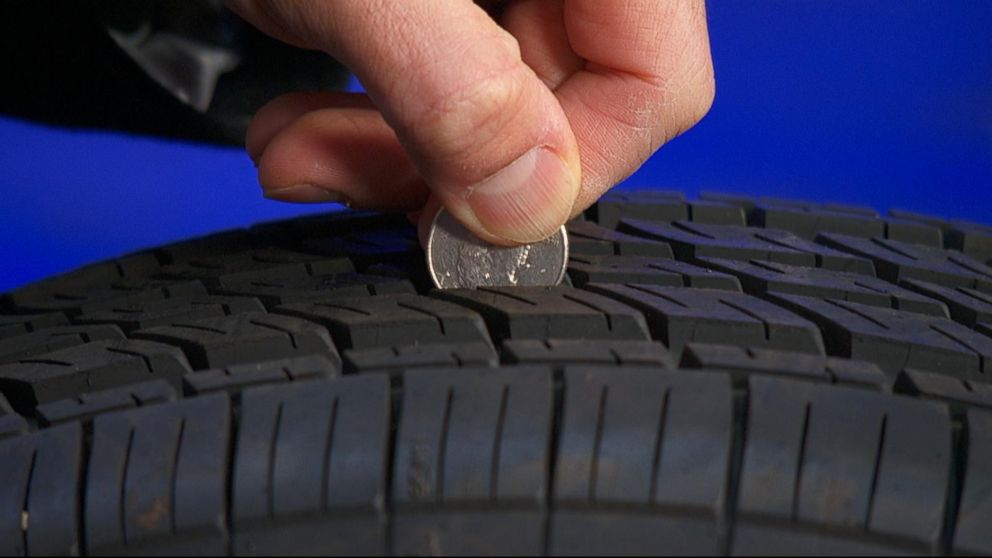 We encourage all consumers to learn all they can about tire safety and why it's important to have their tires, including the spare tire, regularly inspected by a qualified professional.
We encourage all consumers to learn all they can about tire safety and why it's important to have their tires, including the spare tire, regularly inspected by a qualified professional.
Position on Recall Awareness and Tire Age
Bridgestone Americas, Inc.
 bridgestoneamericas.com/safety.com to learn about tire safety and why it’s important to have their tires, including the spare tire, regularly inspected by a qualified professional.
bridgestoneamericas.com/safety.com to learn about tire safety and why it’s important to have their tires, including the spare tire, regularly inspected by a qualified professional.Learn about our mission, our achievements, and our ongoing commitments
Read Our Origin Story
Do you know when to replace your tires? The good news is gauging the health of your tires isn’t as complicated as you might think. In most cases, figuring out when it’s time for a tire replacement only requires a quick look with a keen eye and maybe the help of a copper penny. You need to know what portions of the tires to look at and what the key tire replacment indicators are. In this guide, we will provide you with all the knowledge you need to accurately assess your tires, determine if they need to be replaced and when, as well as some tips for picking new ones!
In most cases, figuring out when it’s time for a tire replacement only requires a quick look with a keen eye and maybe the help of a copper penny. You need to know what portions of the tires to look at and what the key tire replacment indicators are. In this guide, we will provide you with all the knowledge you need to accurately assess your tires, determine if they need to be replaced and when, as well as some tips for picking new ones!
Here are the three key concerns related to tire replacement:
In this tire replacement guide, we’ll answer these questions and beyond so that you can feel confident you’re replacing your tires with the best choices for your driving needs, local climate and vehicle safety.
The most common question people ask is “How often should you replace your tires?“
Generally, there are two different factors that impact when to replace tires: wear and age.
Tire Wear: All tires eventually begin to experience wear. How the tire wears can be a indication of an issue with your alignment or tire pressure. Tire tread should wear evenly across the whole tire rather than on the inside or outside of the tire. The wear on your tires will happen regardless of how good of a driver you are, although it can be accelerated if you don’t take proper care of the tires.
Tire Age: Tire aging occurs when components of the tire, including the rubber, begin to change over time. This can happen due to environmental impacts and storage conditions, as well as the amount of usage the tire sees when being driven, or the tire sitting with no use.
Image Source: FIHSMV
Of course, unless you’re a tire expert, it can be difficult to know exactly when tire wear and age indicate that a tire is no longer safe to drive and needs to be replaced. If you’re wondering, “How do I know when my tires expire? “ A better question is “How old are my tires and when should I change them?” To answer that question, it’s time to learn how to read your tires!
Every tire has an indication that states when it was made, down to the week and year.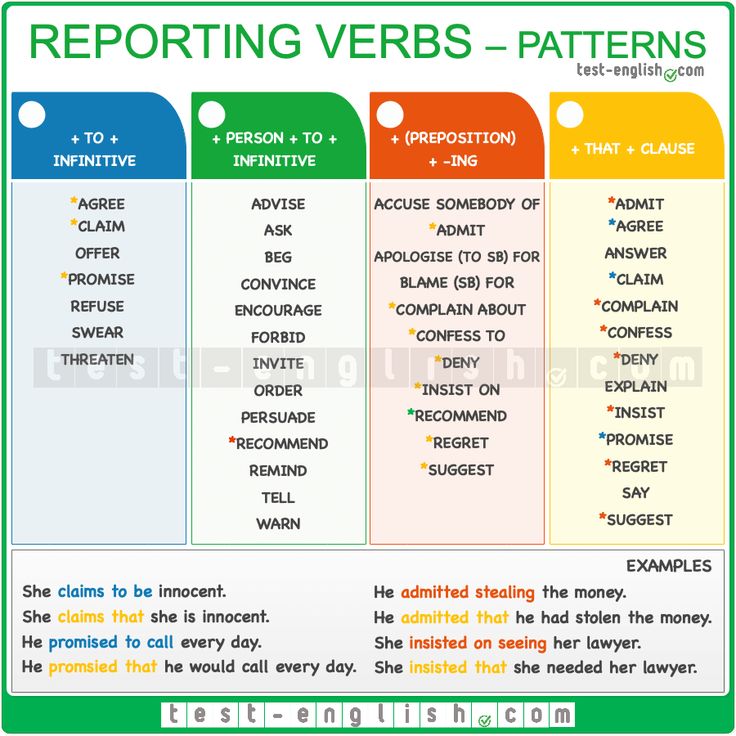 This can help you answer the question: how often you should change your tires – even if you’re not an expert on the subject.
This can help you answer the question: how often you should change your tires – even if you’re not an expert on the subject.
Industry standards say you should replace passenger and truck/SUV tires on average at 6 years and before 10 years of age. The timing depends greatly on how the tires have been used and the weather extremes it has been subjected to. How a vehicle has been stored can also impact when a tire needs to be replaced. If your tire passes the penny test, and a visual inspection does not show any cracks or damage, but the tire is 6-10 years old, the wisest course of action is to have them inspected by a tire shop to determine if you need to consider replacing them.
Knowing how often to replace tires isn’t just about taking good care of your vehicle and preventing expensive mistakes. Tires are an extremely important part of your vehicle’s safety.
Worn or old tires can lead to a variety of problems, including:
Additionally, uneven wheel alignments and balance problems will not only cause irregular and premature tire wear, they can cause expensive problems for your vehicle, leaving you dealing with a hefty car repair bill in the future.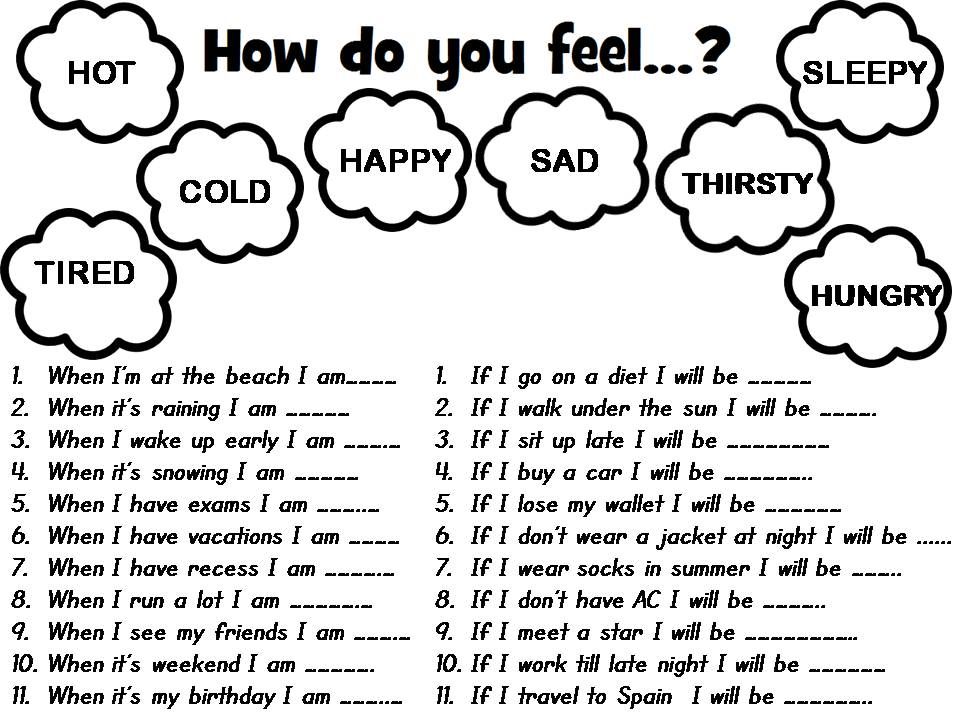
Each year, roughly 11,000 tire-related wrecks occur on the road. Don’t blow off tire maintenance as something only “car people” do. Every driver on the road should are about the health and safety of their passengers and vehicles.
Many people ask “How long do tires last on average?“
The problem is, there’s not a set answer to that question – due to the variety of factors that can lead to a necessary tire replacement. These factors include:
Every driver faces different conditions and cares for their cars differently. The bottom line is that you need to be aware of your own driving habits, environment, and tires to ensure you’re replacing your tires when necessary.
The bottom line is that you need to be aware of your own driving habits, environment, and tires to ensure you’re replacing your tires when necessary.
The following tips will show you how to tell if tires are worn and need to be replaced soon. Although it is always best to seek professional help with tires, these signs will indicate that you should begin researching new tires for your car.
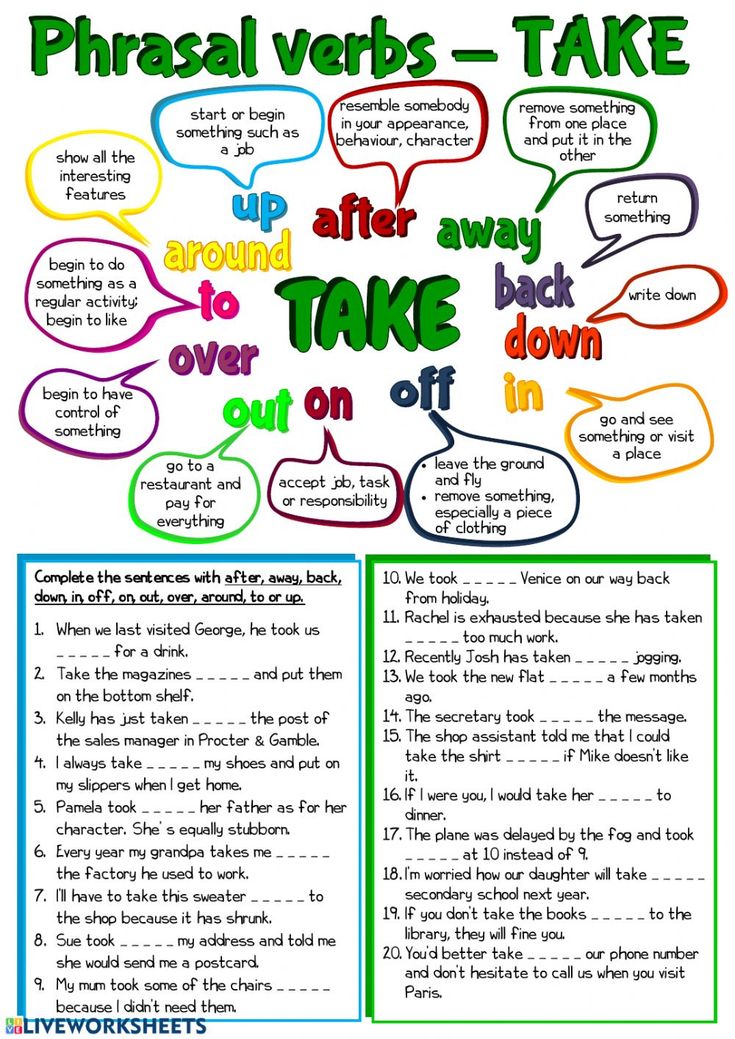 Any tires with sidewall bulges or bubbles should be replaced immediately, even if the tread status is acceptable.
Any tires with sidewall bulges or bubbles should be replaced immediately, even if the tread status is acceptable.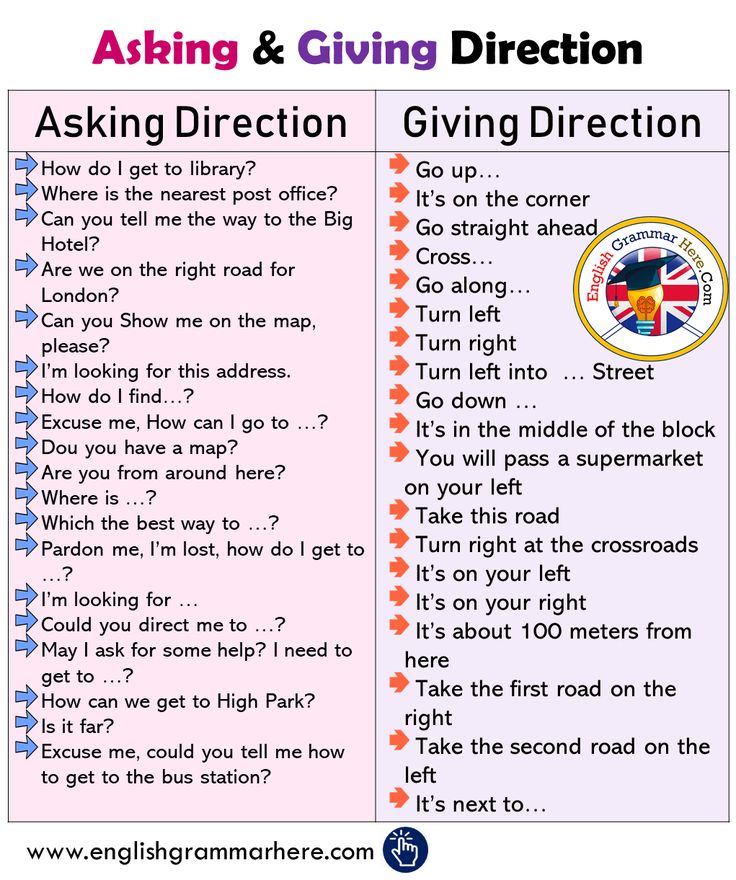 Obviously, if something is lodged in the tire, the issue needs to be addressed immediately. Even if the hole isn’t causing excessive leaking, ignoring a hole from something like a nail can lead to problems for the driver later on. Moisture can leak into the tire, causing the steel parts to rust. Lodged items can weaken the area of the tire and possibly lead to dangerous blowouts if not dealt with in a timely manner.
Obviously, if something is lodged in the tire, the issue needs to be addressed immediately. Even if the hole isn’t causing excessive leaking, ignoring a hole from something like a nail can lead to problems for the driver later on. Moisture can leak into the tire, causing the steel parts to rust. Lodged items can weaken the area of the tire and possibly lead to dangerous blowouts if not dealt with in a timely manner.After you have figured out when to change tires, you’ll find that selecting replacement tires a bit of a process. You’ll need to start by assessing your driving habits, the types of terrain and seasons you will be driving in, to determine what you need in a tire. You should also evaluate how well you feel your current tires performed in longevity, handling, ride, noise and any other category you have noticed.
You’ll need to start by assessing your driving habits, the types of terrain and seasons you will be driving in, to determine what you need in a tire. You should also evaluate how well you feel your current tires performed in longevity, handling, ride, noise and any other category you have noticed.
After that, you’ll be able to match your driving style to the perfect tire type. To help jumpstart your research, here are a handful of the most popular tire categories, seasonal applications, and the features that make them great fits for particular drivers’ needs.
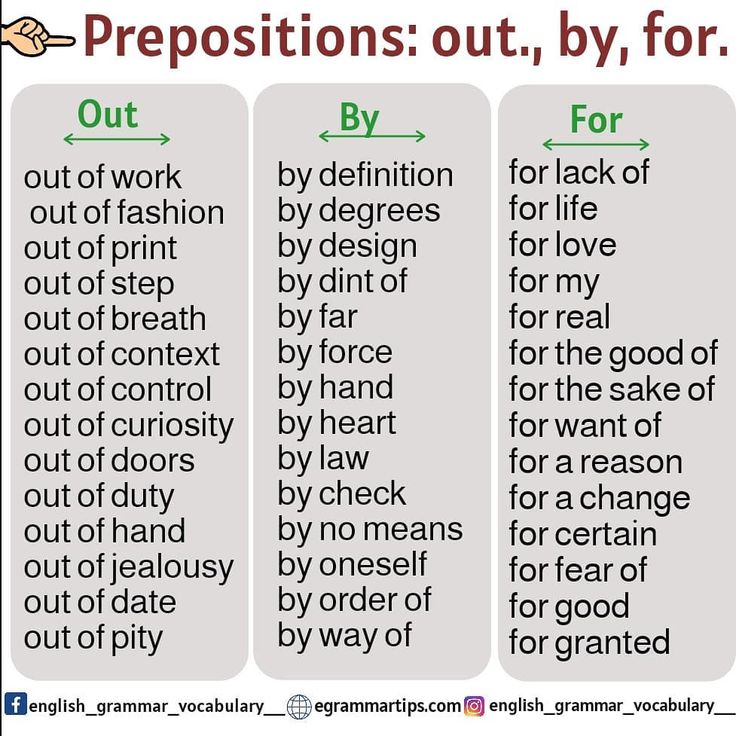
 They can be driven in both the summertime and the wintertime.
They can be driven in both the summertime and the wintertime.Before you decide which tire you need, think about what kind of driving you do.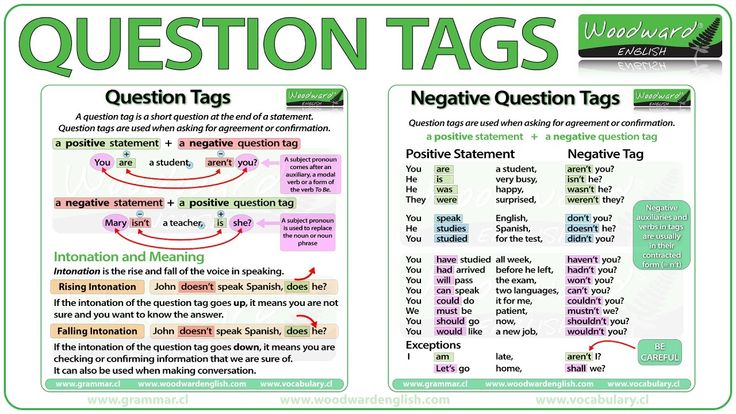 If you drive primarily on the highway and city streets, you may need a highway or touring tire. On the other hand, if you typically drive on back roads AND need on-pavement capability, an all-terrain might be your best bet.
If you drive primarily on the highway and city streets, you may need a highway or touring tire. On the other hand, if you typically drive on back roads AND need on-pavement capability, an all-terrain might be your best bet.
If you face severe winter weather during certain points of the year, you will likely need to upgrade to a tire that can handle those conditions.
First pick the category of the tire to fit your driving needs, then decide on the season that best suits the climate you live in.
The NHTSA has rated more than 2,400 tire lines. You can use the official NHTSA website to check out the details on specific tires.
The treadwear grade rates how well a tire compares to others in a specific test. A tire with a grade of 3000 wears three times as long as a tire that only has a grade of 100. However, you should keep in mind that different driving styles, road conditions, and levels of maintenance can also impact treadwear.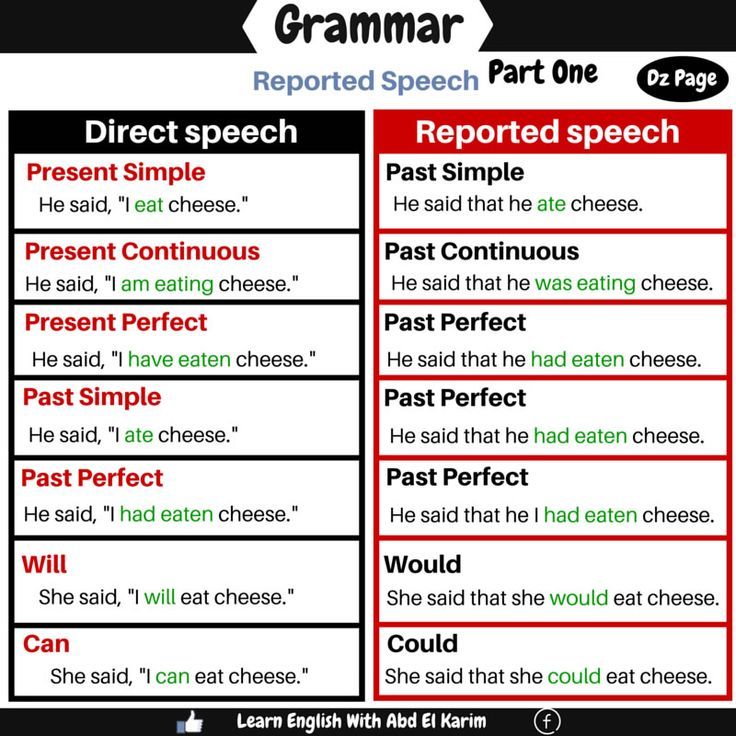
This refers to the tire’s ability to stop on different kinds of surfaces, including asphalt and concrete. AA is the best rating a tire can receive, followed by A, B, and then C.
The temperature rating indicates the tire’s resistance to heat. A is the highest rating, followed by B and then C.
Some people, in an effort to save money upfront on the tire replacement cost, turn to old (used) tires as replacements. However, this can be a risky strategy, even if it does save money initially.
Here are some of the issues you can face when buying second-hand tires as replacements.
Last but not least, people generally don’t pay attention to their spares as they decide when to get tires replaced.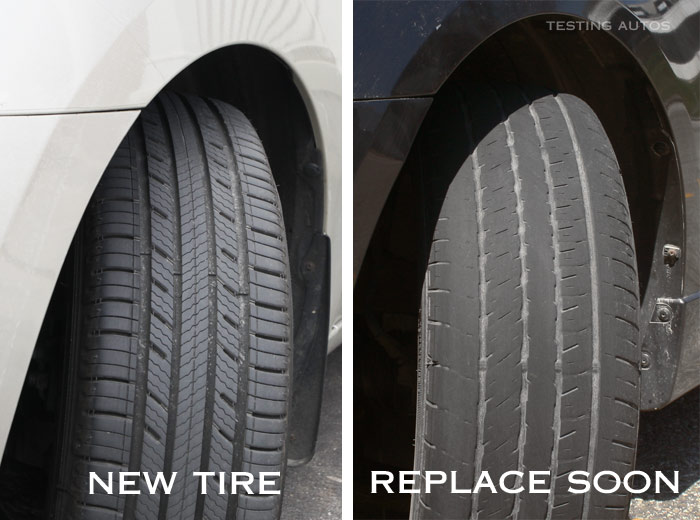 Because the spare isn’t used much, people assume that it doesn’t experience wear or tear and that it doesn’t need to be replaced.
Because the spare isn’t used much, people assume that it doesn’t experience wear or tear and that it doesn’t need to be replaced.
However, even spare tires need to be replaced after a certain amount of time. Be sure to check the date of production on the spare before deciding not to replace it. If you’re not sure how to check the date of your tire, refer to our post on DOT Date Code.
Don’t forget to pay attention to visible kinds of age as well. Just because a tire hasn’t really been used doesn’t necessarily mean it stays protected from cracks or cuts, as well as other problems that come with age including:
Whether a tire has been driven or not, its lifespan can be affected by its storage condition and treatment. If you know you will be parking your vehicle for a period of time, it is a good idea to protect the tires from sun and freezing temperatures, move the vehicle periodically to prevent flat spots, and even jack the vehicle up safety to prevent damage.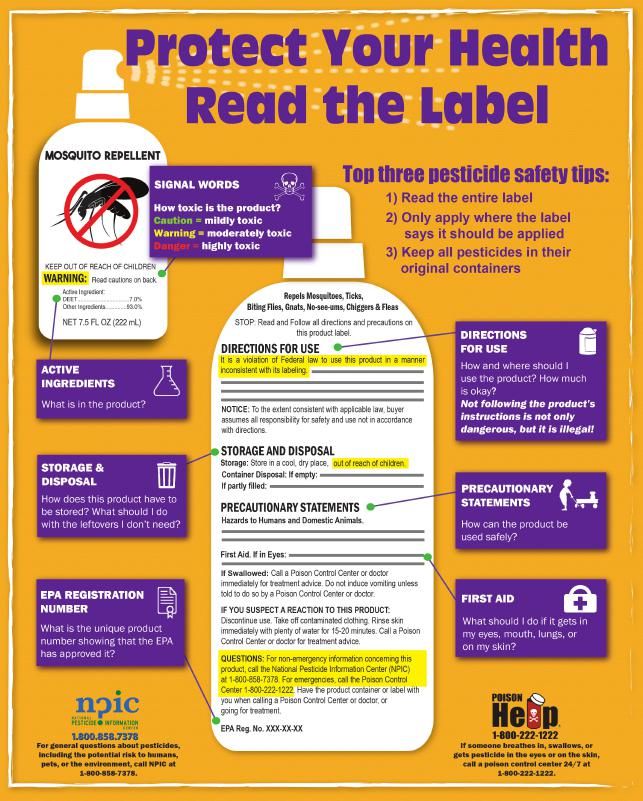 If you are storing winter or summer tires, it is best to store them in a cool, dry location away from sun and other weather elements.
If you are storing winter or summer tires, it is best to store them in a cool, dry location away from sun and other weather elements.
To sum things up, here’s a list of the most frequently asked questions, as well as some brief answers to steer you in the right direction when replacing your tires.
Although this answer does depend on a number of factors including the type of car, your driving style, etc., there is an average estimate for how often you should change your tire. In general, most vehicles travel about 15,000 miles per year, which equates to around 45,000 miles every three years. If you to take into account the tire mileage warranty and amount you drive over the course of a year (over 15k miles), this will give you a good indication of how often you will need to replace your tires.
This is a topic of much debate. However you will find most vehicles, regardless of if they are front wheel drive or all wheel drive, will wear the tires on the front more rapidly than the rear. The front tires are responsible for the steering, acceleration and braking, while the rear wheels typically just follow. Most vehicles also have most of their weight on the front of the vehicle, causing the front tires to handle more load than the back tires.Since the wear and tear on the front and back wheels can be different, the answer to which tires wear faster, is typically the front tires.
The front tires are responsible for the steering, acceleration and braking, while the rear wheels typically just follow. Most vehicles also have most of their weight on the front of the vehicle, causing the front tires to handle more load than the back tires.Since the wear and tear on the front and back wheels can be different, the answer to which tires wear faster, is typically the front tires.
All-wheel drive vehicles must have all four tires replaced at once. You don’t have the option to replace just two at a time.
Because tires wear unevenly front to back, regular rotations will allow you to get longer use out of your set of tires by wearing the tread more evenly. Front tires will wear the outside edges down more quickly, so rotation allows you to always have the most tread on the outside of the tire. Not rotating will result in one set of tires wearing and likely needing to be replaced sooner than the other set.
First things first: check your vehicle’s owner’s manual to see if it has a recommended rotation scheme.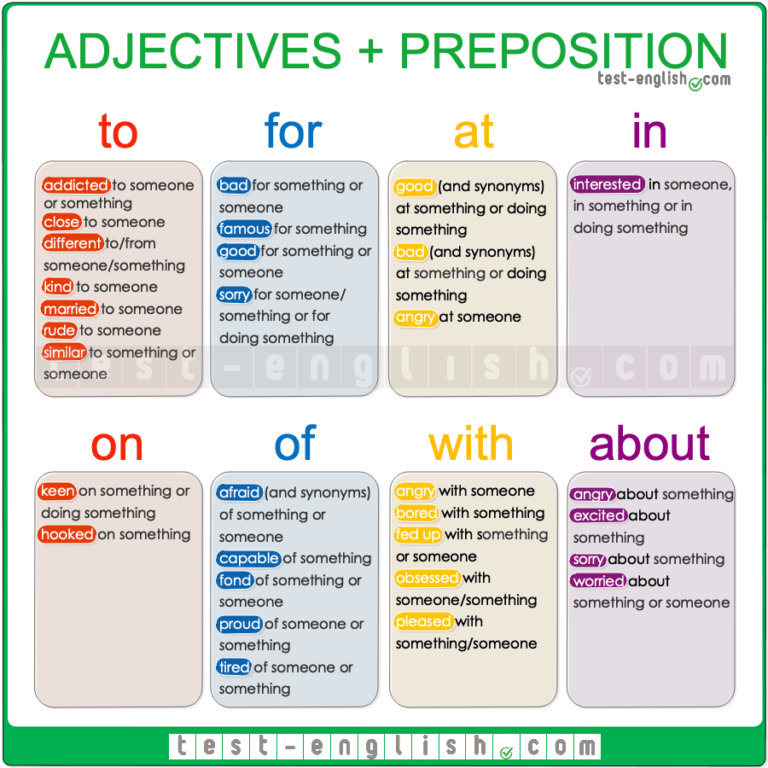 Tires should be rotated roughly every six months or every 6,000 to 8,000 miles. A good rule of thumb is to rotate the tires every other time you get an oil change.
Tires should be rotated roughly every six months or every 6,000 to 8,000 miles. A good rule of thumb is to rotate the tires every other time you get an oil change.
Placing a penny head into the grooves of your tire can help you determine if the tire needs to be replaced soon. If you can see the top of Lincoln’s head, your tires are likely shallow and worn. Use this as an indication of when you should have a tire professional examine the situation.
If you are replacing only one pair of the tires on your vehicle, these new tires will have a deeper tread depth. Be sure to install the new tires onto the rear axle for better control when driving on wet and winter roads.
Ideally, you need to replace two tires with matching new ones. However, the most important thing is to install tires with similar performance features. For example, you should never put two high-performance tires with two touring tires.
Generally, it’s smart to replace tires in pairs (both in the front or in the back). Although replacing all four at once is the easiest, if you need to save money, you can do one pair at a time. If you’re wondering “can I replace just one tire?“ the answer is typically no. The difference in tread depth and stance can throw off your vehicle’s performance.
Most tire sellers would likely recommend that you avoid mixing tires from different categories. They can be different brands, as long as the internal construction and size are the same – but pay close attention to the stance of the tires and be sure they are very closely matched
Nope! Just make sure that all of the tires are evenly matched and appropriate for your vehicle and your driving habits.
It’s difficult to give a firm answer to this question. Generally, most tires typically last for three to five years. That’s when roughly 12,000 to 15,000 miles are put on the car annually.
Generally, most tires typically last for three to five years. That’s when roughly 12,000 to 15,000 miles are put on the car annually.
The best things to do to make your tires last as long as possible are:
Once you get your new tires installed, take it easy on the road for a while to break the tires in. New tires may feel different than the tires you replaced, since they are likely performing better than a worn tire, and have the latest technology.
Also, if you changed categories of tires, you might experience a big change in the feel of your drive. For example, switching from an highway to an all-terrain tire might change the roughness and noise of your drive, as well as your fuel consumption.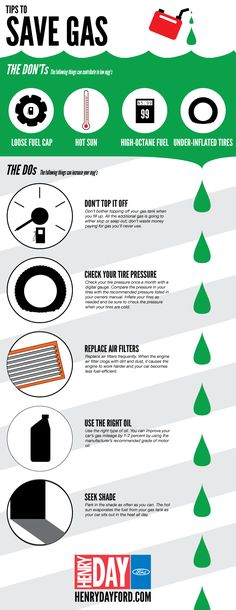
Deciding when to replace your tires is an important decision, both for the safety of your vehicle and that of others. Use the above guide to steer you in the right direction and help determine exactly when you should make the switch to brand new tires.
Additionally, deciding what to replace is important. You can increase (as well as decrease) the comfort, fuel efficiency, noise, tread wear, or other aspects based on the decisions you make with new tires.
Join Today For Free
The service life of summer tires cannot be measured in one size as it depends on many factors ...
By itself, the rubber compound can retain the necessary properties even for 10 years, but in most cases the tread wears out much faster, since it is designed for only 50-60 thousand km. The quality of roads, the presence of reagents and technical fluids on the surface, the driving style and even the number of sunny days - all this is generally reflected in the resource of tires.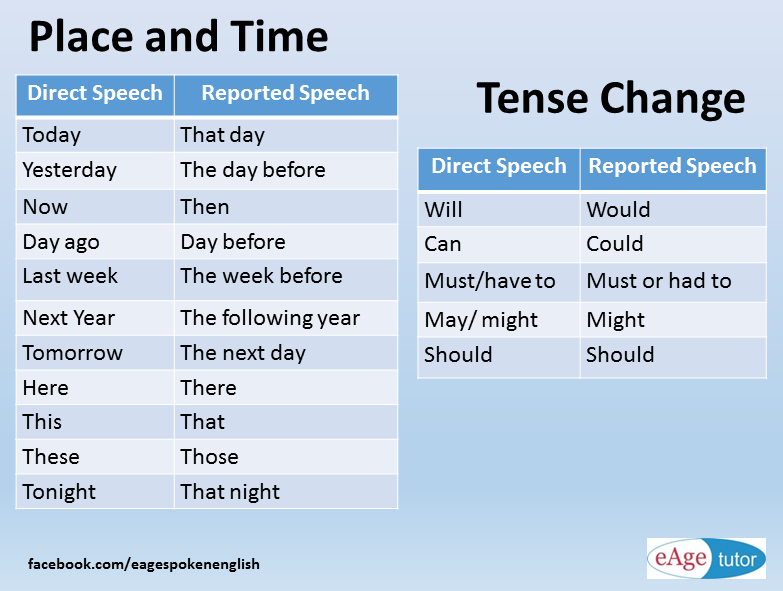 But how do you know when it's time to change your summer tires?
But how do you know when it's time to change your summer tires?
Fortunately, there are visual signs of car tire wear. They have been verified over the years and by millions of drivers:
By the way, there are many effective measures aimed at significantly extending the life of tires:
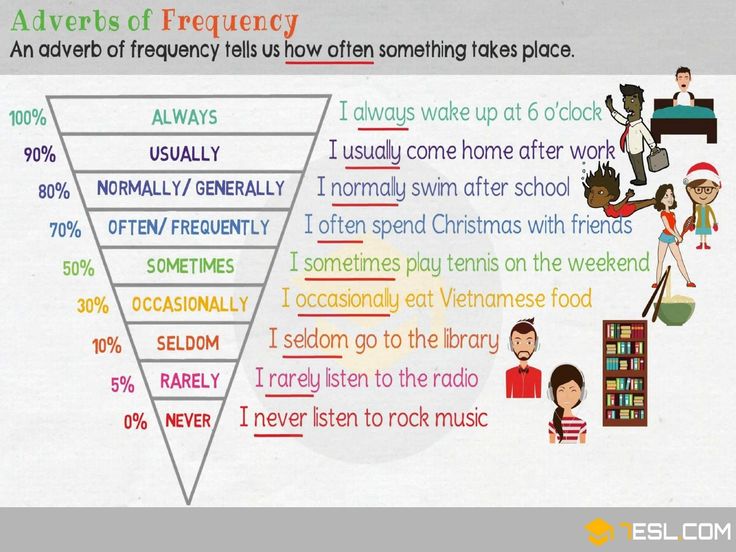
Store summer tires in a cool place, out of direct sunlight. It is forbidden to place tires near heating and heating devices.
Vladimir Gavrilov
Estimated reading time: 3 minutes
4074
Category: Auto Maintenance
The service life of winter tires is calculated by the manufacturer based on operating conditions. With sparing conditions, they can travel about five seasons. Well, in the extreme Russian realities, the wheels run much less. Moreover, the tread height can satisfy the technical regulations and state standards, but the rubber is no longer able to fulfill its functions. How to determine the performance of tires by eye?
How to determine the performance of tires by eye?
The most common criterion by which tire performance is usually determined is tread height. The most noticeable differences are between winter and summer tires. A high-speed summer tire initially has a tread height of 6-8 mm, while a winter tire with a Scandinavian (Nordic) tread pattern usually has a tread height of 9-11 mm. Winter tires will wear out faster than summer tires due to the softer material.
Residual tread depth allowed by national standards for winter tires is at least 4 mm. For summer car tires - 1.6 mm.
However, this does not mean that wheels with less wear will run as well as in the first year of operation. And if in a summer tire the tread is responsible for water drainage and hydroplaning resistance, then in winter models the tread performs more complex functions.
Aggressive driving, improper seasonal storage, suspension problems, incorrect pressure and other operating errors can reduce tire life.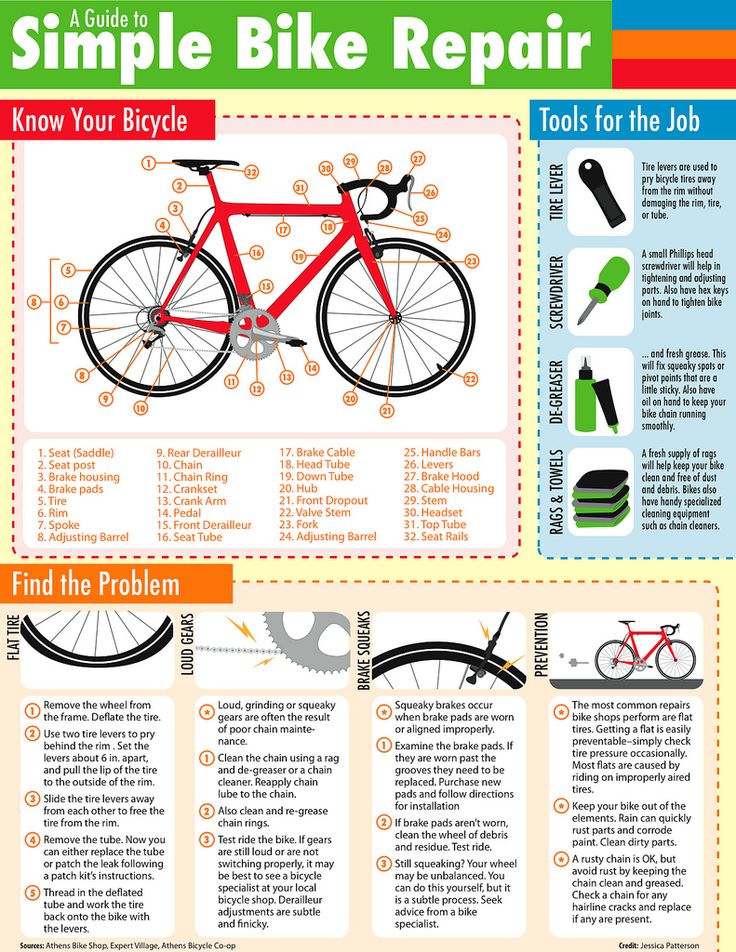
For winter friction tires, that is, the so-called Velcro, the wear of the transverse slots on the tread, namely the sipes in its cells, is critical. They move apart under pressure and increase the contact patch of the wheel with the road. If they are worn out, then the tire loses its ability to “stick” to an icy road. Such critical wear can occur much faster than the wear of the tread to a height of 4 mm. On average, the sipes stop working already at a tread height of 6 mm. This means that the Velcro loses its properties and must be changed.
What other criteria can be used to judge the performance of a tire?
Operating errors are the main cause of incorrect tire wear. If the tread is higher at the edges of the tire than in the center, then this indicates that the tire has been inflated for a long time. The contact patch narrowed, causing uneven wear. Such a tire can no longer meet the declared characteristics.
If the tread is higher in the center than at the edges, then this indicates that the tire has been running on the vehicle, being underinflated. Then the middle of the tire profile pressed into the wheel, and the main grip was provided by the extreme tread cells, which wore out faster. It is no longer recommended to ride on such tires, as they do not hold the road well during lateral overloads and are prone to drift.
Then the middle of the tire profile pressed into the wheel, and the main grip was provided by the extreme tread cells, which wore out faster. It is no longer recommended to ride on such tires, as they do not hold the road well during lateral overloads and are prone to drift.
If the tread is damaged on one side of the tire, it is also not possible to drive. Such wear indicates a faulty suspension or misaligned wheel alignment. In this case, directional stability suffers, and the car may pull to the right or left when the steering wheel is released.
Uneven tire wear around the circumference of the wheel indicates extreme driving. The tire most likely saw active braking and acceleration. Sports operation and severe overheating could affect the structure and condition of the rubber.
For example, when buying a used car, you can measure the tread around the entire circumference, and if there is a difference of at least 1 mm in different sectors of the tire, then this indicates experienced heavy loads on the suspension and wheels.